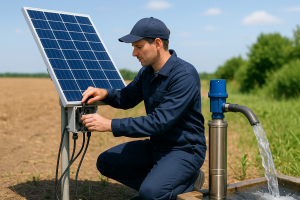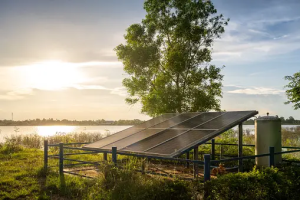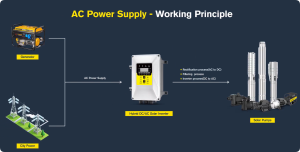Introduction
The quest to select a solar water pump inverter, though ostensibly a matter of practicality, is akin to navigating a labyrinth where shadows of misinformation loom. To err in this choice is to invite inefficiency, discord, or fiscal ruin. How then, my curious reader, shall you pierce this veil? This guide shall serve as your compass, guiding you through the tempest of technicalities with the rigor of a man accustomed to dissecting truths from lies.
**Single Phase vs Three Phase: What’s the Difference?**
Let us begin by unmasking these two adversaries—the solitary and the triad.
A single-phase solar pump inverter is a creature of simplicity, suited for humble abodes or modest enterprises. It whispers promises of affordability and ease, luring the unwary with its siren song of low cost and straightforward installation. Yet, like a blade too dull to cut through steel, it falters under the burden of heavy demands.
In contrast, a three-phase solar pump inverter is a veritable Titan, forged for the arena of grandeur. It distributes power with the precision of a master architect, its three currents weaving a symphony of stability. Though it demands a steeper ransom in coin, it repays its keeper in loyalty, offering efficiencies that scoff at mediocrity.
To choose between them, one must peer into the depths of their own needs—not with the eyes of a child, but with the scrutiny of a man who knows the weight of consequence.
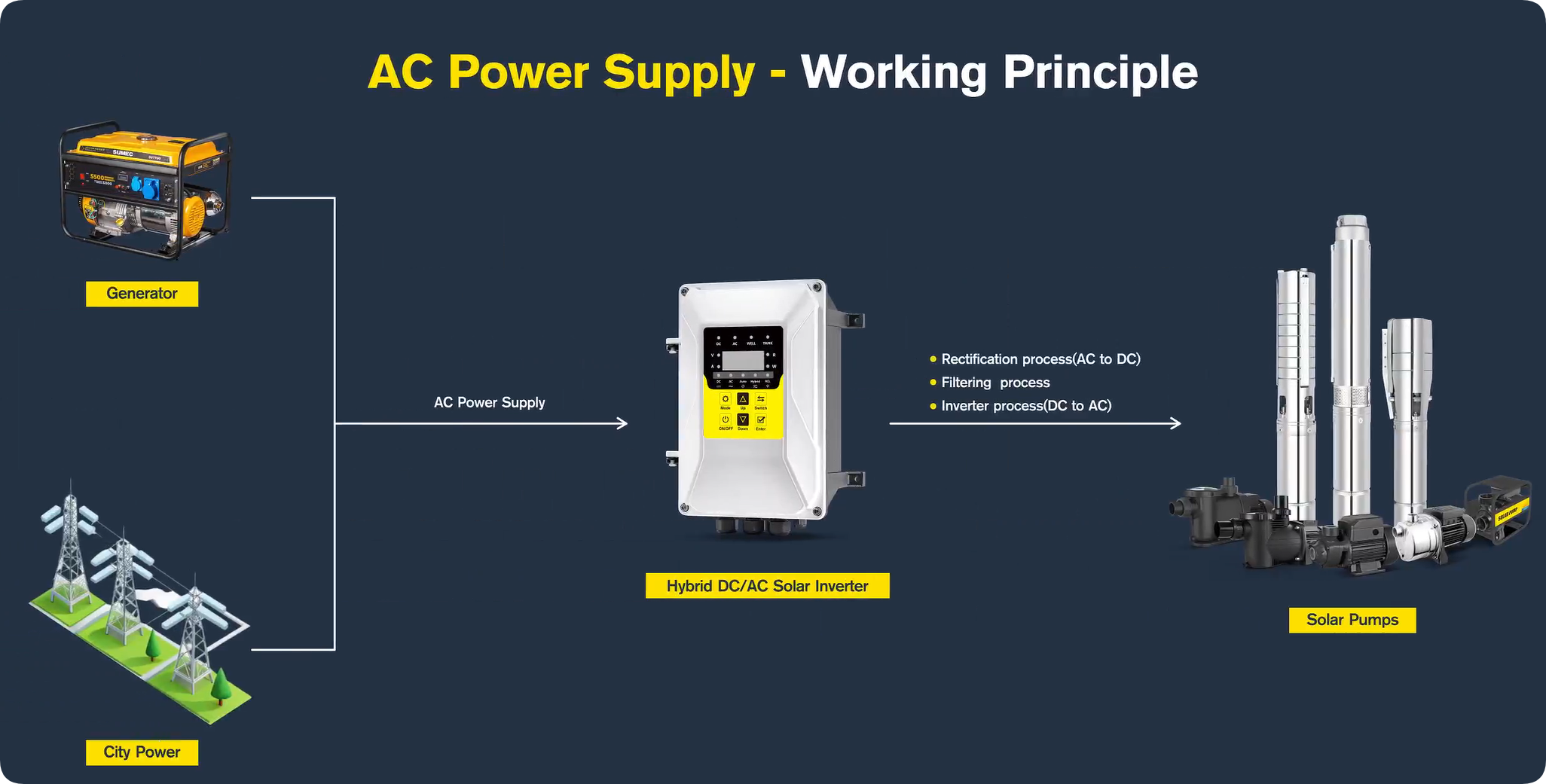
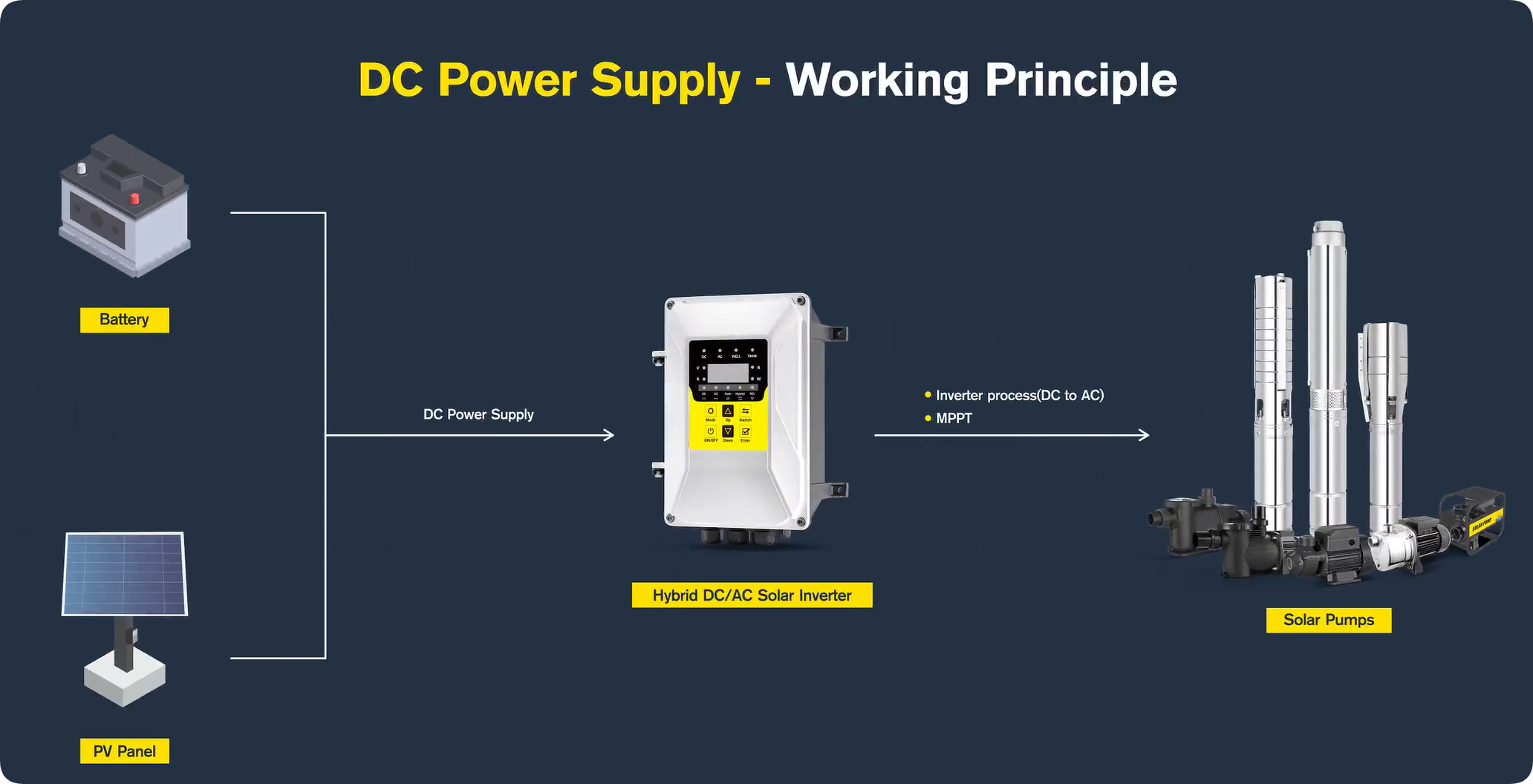
**What is the Difference Between a Single-Phase and a Three-Phase Solar Inverter?**
Let us lay bare their attributes as if exposing the skeleton of a beast:
| Feature | Single-Phase Inverter | Three-Phase Inverter |
|---|---|---|
| Voltage | 220–240V (a feeble spark) | 380–415V (a thunderous roar) |
| Efficiency | Like a candle in a storm (low) | Like a furnace burning with controlled fury (high) |
| Power Supply | A single, meandering stream | Three intertwined rivers |
| Best For | A cottage’s hearth or a garden’s modest needs | A plantation’s thirsty roots or a factory’s endless hum |
| Cost | A penny from a beggar’s purse | Gold from a king’s coffers |
In short: The single-phase inverter is a rustic tool for small tasks; the three-phase, a blade for giants.
**Which is Better: Single-Phase or Three-Phase Solar Pump Inverter?**
Ask not what the world can do for you, but what your world requires.
- **Choose single-phase if:** Your pump is but a fledgling (under 2 HP), your solar array modest, and your ambitions limited to tending a modest garden or sustaining a homestead.
- **Choose three-phase if:** You command a legion of pumps (above 2 HP), your energy needs are voracious, or you seek to dominate the landscape like a lord of industry.
Remember: A three-phase inverter, though costly, is a prudent investment—a hedge against the erosions of time and energy, a bulwark against inefficiency’s creeping grasp.
**How Do I Determine If I Need a Single-Phase or Three-Phase Inverter?**
Let me bestow upon you a talisman—a checklist to shield you from folly:
✅ Examine thy power source as a man examines a ancient tome. If your dwelling hums with a single-phase hum (220–240V), bow to its will. If it crackles with three-phase fury (380–415V), rise to meet its challenge.
✅ Measure thy pump’s hunger. A pump under 2 HP may content itself with a simple meal; one above 2 HP demands a banquet fit for a king.
✅ Weigh thy loads. If you seek to power multiple pumps or machinery, three-phase is thy champion—its currents flow like twin rivers, unyielding and sure.
✅ Contemplate thy purse. Single-phase offers a quick dalliance with cheapness, but three-phase pays dividends in longevity and thrift.
**What Are the Advantages of a Three-Phase Solar Inverter?**
Let me enumerate its virtues as a bard lists the glories of a fallen hero:
✔ Efficiency: It converts sunlight to power with the deftness of a master thief, leaving naught to waste.
✔ Smoother Operation: Its currents are as steady as a mountain’s heartbeat, sparing your pumps the ravages of erratic energy.
✔ Scalability: It craves not small appetites—it feasts on grand designs, ideal for irrigation empires.
✔ Cost-Effective Longevity: Though it costs more upfront, it impoverishes the fuel merchants and enriches your coffers over time.
In essence: A three-phase inverter is the cornerstone of a legacy built on reliability and ambition.
**Can I Use a Three-Phase Inverter on a Single-Phase System?**
Ah, the fool’s gambit! A three-phase beast cannot drink from a single-phase well. Yet, some modern charlatans claim to bridge this chasm with “hybrid” contraptions—but such devices are but bandages on a mortal wound, sapping efficiency as they pretend to heal.
If your power source is single-phase, embrace it. If not, upgrade your realm to suit its majesty—or face the consequences of discord.
**How Do I Choose the Right Solar Water Pump Inverter for My Needs?**
Follow these steps with the resolve of a man facing destiny:
1️⃣ Ascertain thy power source’s nature—is it a humble stream or a mighty river?
2️⃣ Declare thy pump’s appetite—small or large?
3️⃣ Balance thy solar harvest against thy pump’s greed—sufficient panels for a three-phase leviathan, or modest ones for a single-phase sprite?
4️⃣ Weigh thy gold against thy soul—cheapness now, or prosperity forever?
Conclusion
The choice between single-phase and three-phase is no trivial matter—it is a covenant with the elements, a declaration of thy priorities.
✔ Single-phase: For the hermit, the gardener, the man content with little.
✔ Three-phase: For the visionary, the builder, the one who dares to dream in volumes.
Choose wisely, my friend, for in this choice lies the thread that weaves either stagnation or triumph. And if doubt grips thee, seek the counsel of those who walk in the light of expertise—for fools rush in where angels fear to tread.
